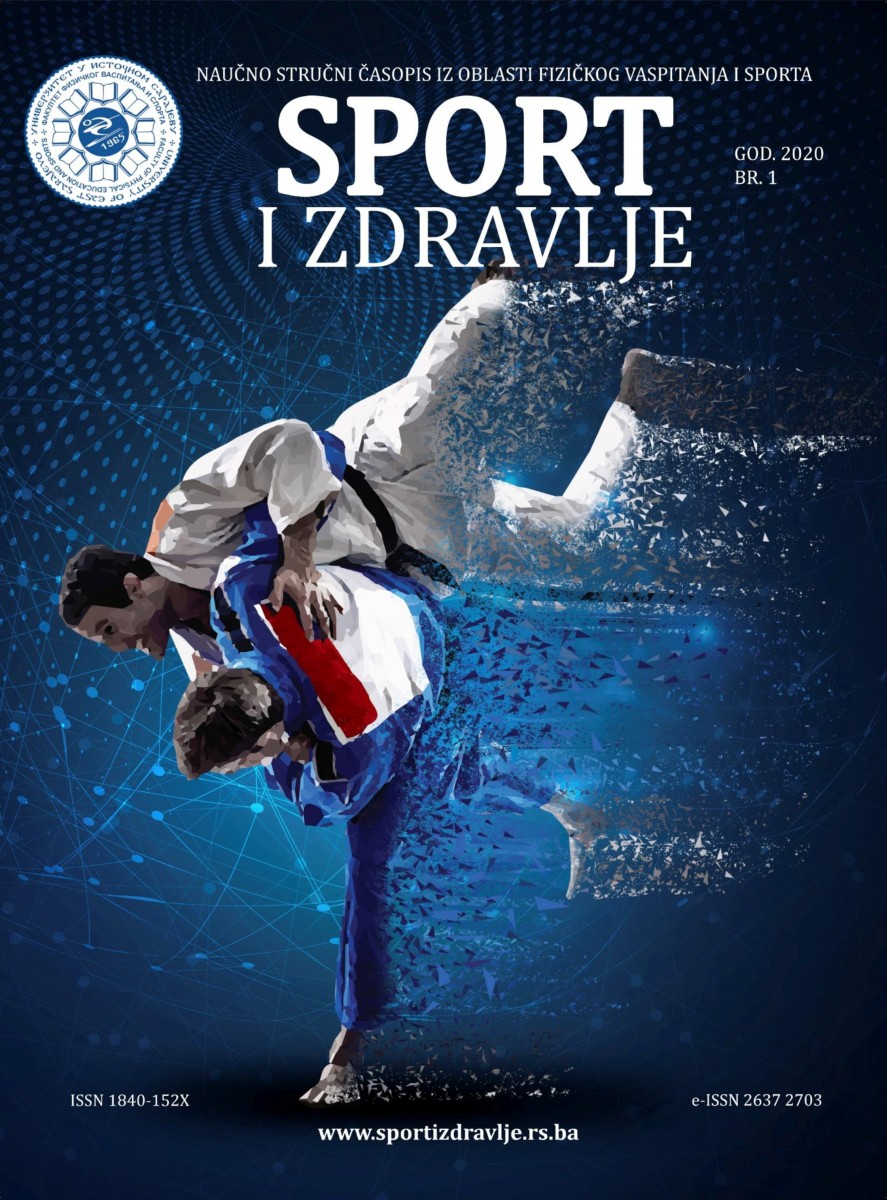PLANNING AND PROGRAMMING OF TRAINING IN THE COMPETITIVE PERIOD IN WOMEN'S FOOTBALL
DOI:
https://doi.org/10.7251/SIZEN2001132AAbstract
Training planning and programming make up a very complex process, especially planning and programming during the competition period. The women’s soccer competition lasts a total of five to six months and is divided into two subseasons.
The competition period is a mesocycle period that is made up of multiple microcycles. During this period, intensive training work is carried out for the football players to reach the highest level of their abilities. Coaches need to know how to manage their sports form for football players to be most ready for the most important phase of the competition. In order to maintain it, it is necessary to conduct training of specific and situational fitness exercises that connect the functional, motor, and technical-tactical goals. The intensity of such training should be very high (80-100%). The share of fitness training in the competition period should be around 30%, and studies have shown that 1-2 stimuli per week are required to maintain fitness abilities, provided the intensity is high. The seven-day microcycle consists of 5 individual training sessions, matches, and rest days. The footballers play 20-25
games of different difficulty and importance during the season. The schedule of these matches determines the dynamics of the load, which means that if the match is important in the microcycle, the lower energy component of the load is applied and
vice versa. Coaches and professional staff should be continuously educated in the form of planning and programming sports training, to acquire new knowledge about sports form management in all periods, phases, and conditions during the season,
with special emphasis on the competition period.

